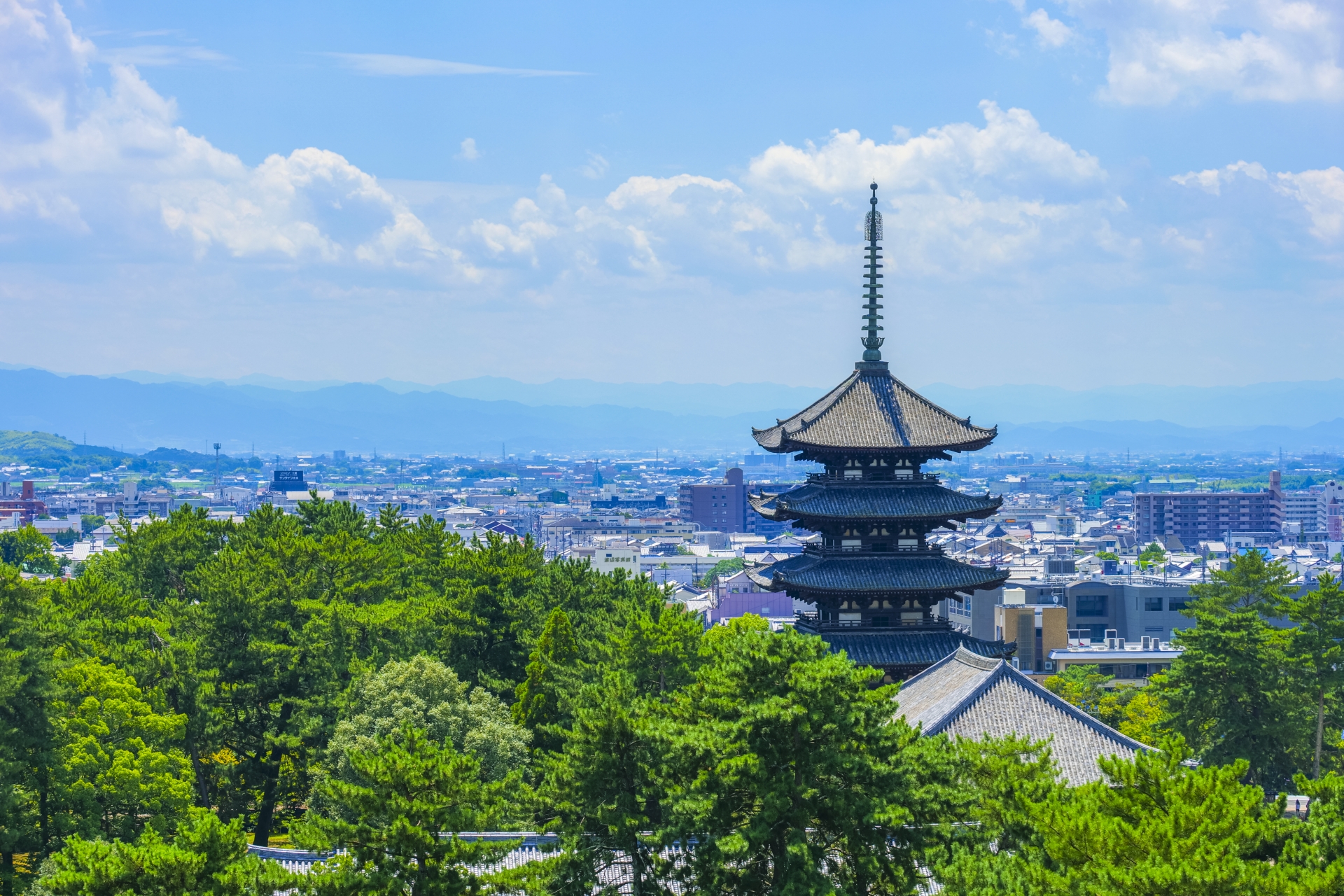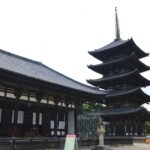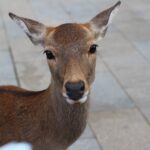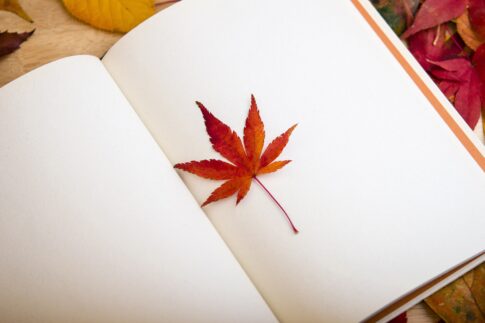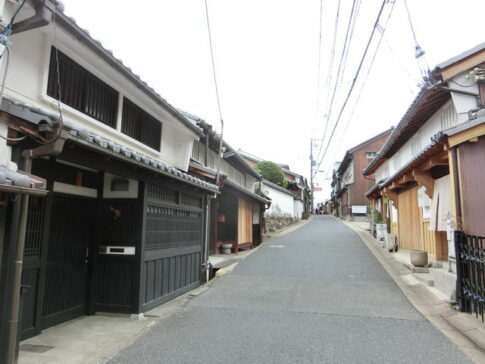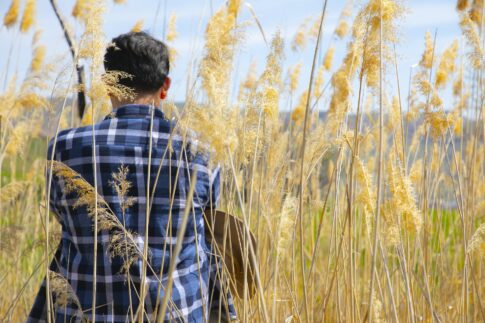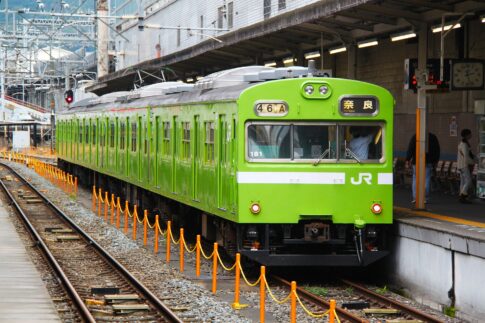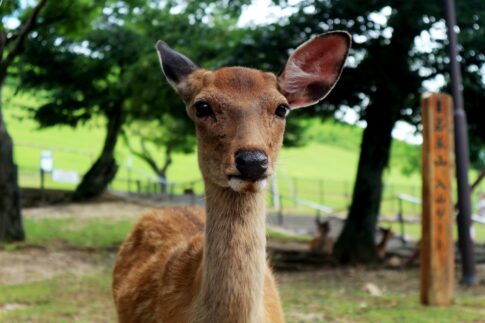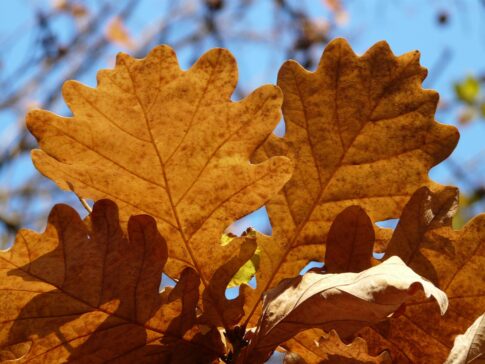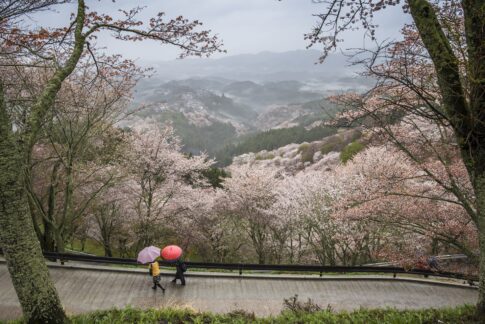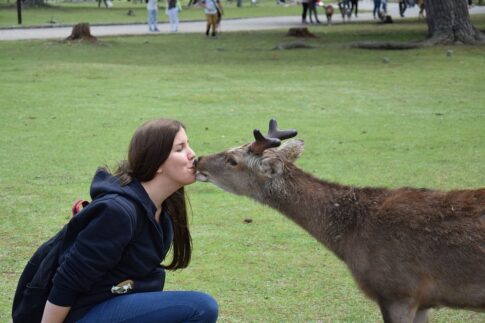Today we will talk about the best things to do in Nara.
There are a variety of places for travelers to enjoy in Nara.
We will pick up 3places: Nara Park, Todaiji Temple, Kasugataisha Shrine.
The best things for travelers to do in Nara
1. Nara Park
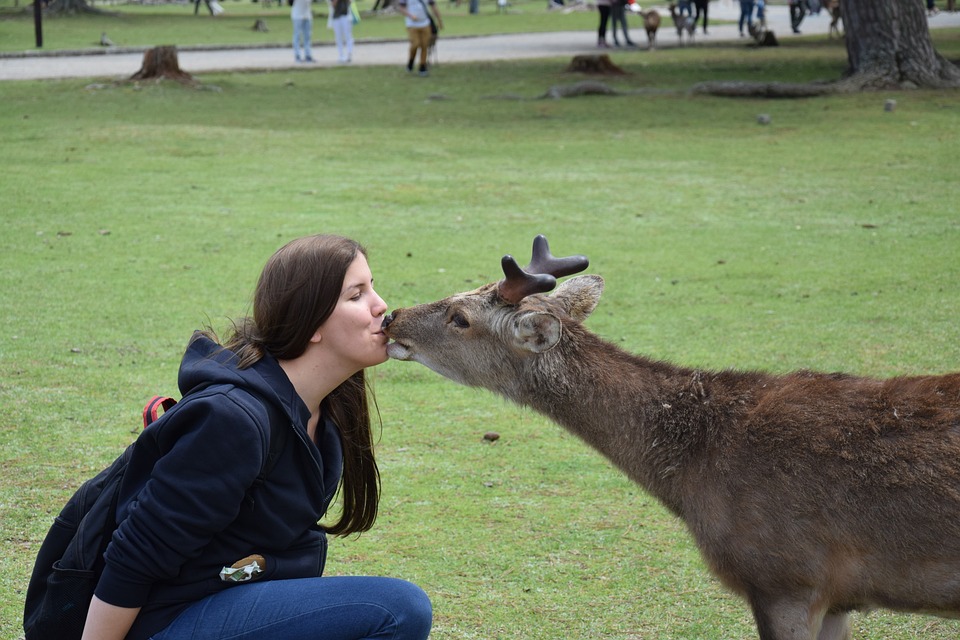
Nara Park is one of Nara’s most popular tourist attractions as we mentioned in our previous blog and the ancient capital of Japan.
Nara Park is also a place where visitors can enjoy the magnificent scenery in all seasons.
The vast park, covering an area of approximately 511 hectares, is home to 1,182 deer, which are designated as national natural treasures.
Although the park is located in an urban area, visitors can enjoy rare plants and famous trees, making it a sightseeing spot where they can enjoy lush greenery and nature.
During the season of autumn leaves, maple and ginkgo trees beautifully decorate the historical buildings adjacent to Nara Park, such as the Great Buddha Hall of Todaiji Temple and Kofukuji Temple.
Walking along the promenade along the river and viewing the autumn leaves is also recommended for its elegance. Deer playing among maple and ginkgo trees in the autumn leaves are a scene unique to this season.
In all seasons, you can play with the deer.
You can buy Shika-senbei(deer crucker) at shops around Nara Park and feed them! It must be an exciting experience!
2. Todaiji Temple
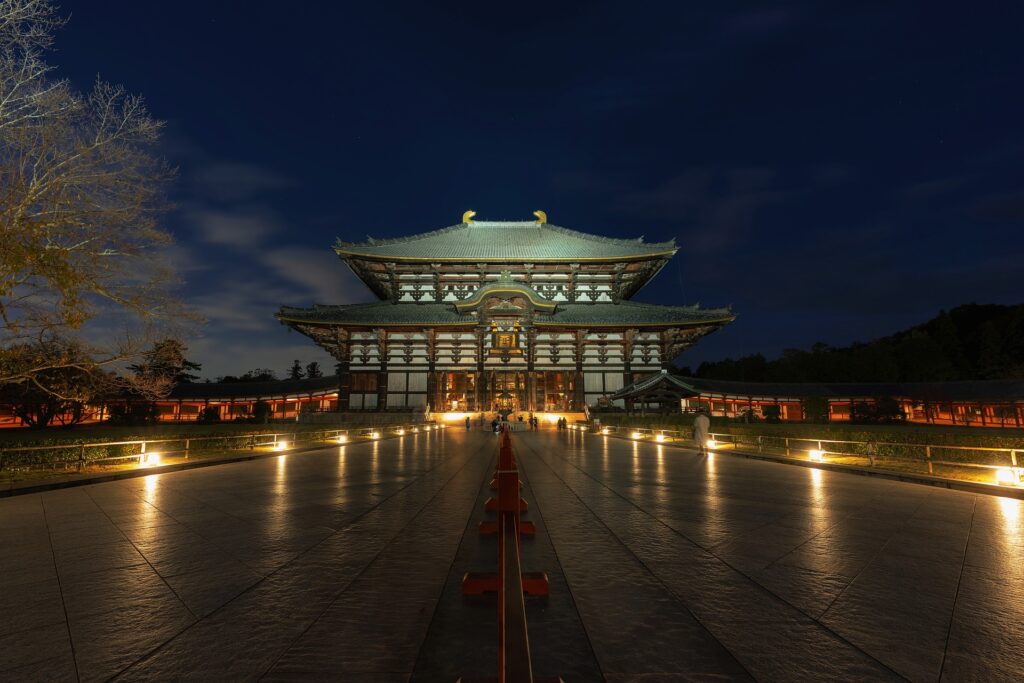
Known as the Great Buddha of Nara, this representative temple of the Nara period was built in Heijo-kyo, the capital of Nara, as the center of all national temples.
The Great Buddha Hall is one of the largest wooden structures in the world.
In 743 (Tempyo 15), Emperor Shomu issued an imperial decree for the construction of the Rushana Daibutsu (Great Buddha), wishing for the prosperity of all living beings.
The Great Buddha was showed to the public in the 4th year of Tempyo Shoho (752). Since then, pagodas were built one after another, and it took nearly 40 years to complete the temple complex.
Even after the capital moved to another location, the temple continued to be a place of worship for the Daibutsu (Great Buddha).
However, in 1180, the Great Buddha Hall and most of the temple buildings were lost to the forces of Taira Shigehira.
The temple was rebuilt by Shigen Shonin, but was destroyed by fire again in 1567 during the Miyoshi-Matsunaga War, leaving only a few buildings.
Most of the present buildings were rebuilt during the Edo period by Priest Kokei and others, but the Hokke-do, Tenjimon gate, Nandaimon gate, and other buildings are national treasures representing their respective periods.
The temple still retains many cultural assets, including Hokke-do, Tenjimon, Nandaimon, and other national treasures representing various periods of Japanese history.
3. Kasuga Taisha Shrine
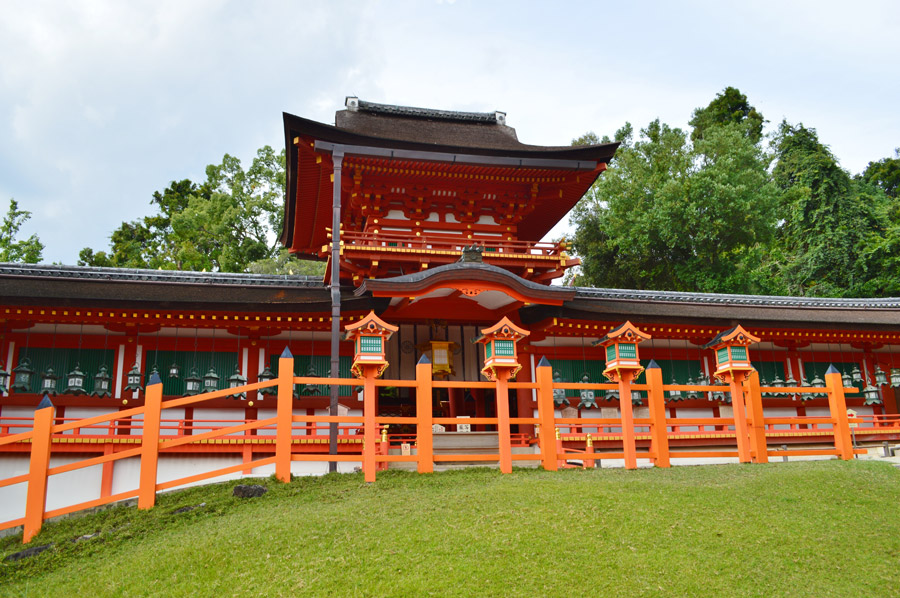
The shrine is said to have originated in the early Nara period (710-794), when Takemikazuchi no Mikoto of Kashima, Ibaraki Prefecture, was enshrined at the summit of Mikasa Mountain to protect the Heijo-kyo Capital.
In 768 (Jingo-Keiun 2), by order of Emperor Shoutoku, the shrine was built at its present location, and Futsunushi no Mikoto from Katori, Chiba Prefecture, and Amenokoyane no Mikoto and Himegami from Hiraoka, Osaka Prefecture were also enshrined there.
In the Heian period (794-1185), the Imperial family and aristocrats began to visit Kasuga, and with the establishment of the ceremonial annual rebuilding of the shrine every 20 years, the main shrine and other buildings were enlarged to their present scale.
In the medieval period and later, the faith spread to samurai families and common people, and more than 3,000 branch shrines were built in various parts of Japan.
The shrine’s precincts are filled with stone lanterns and hanging lanterns of various shapes, known as “Mantoro,” many of which were donated by commoners, which shows the depth of the people’s faith in the shrine.
The “Mantoro” ritual, in which all the lanterns are lit on fire, is held every February on Setsubun day and August 14 and 15, attracting many worshippers with its fantastic beauty.
KasugaTaish Shrine has its huge premises and there are wide variety of spots that you should check. We will introduce following 2highlights of KasugaTaisha Shrine!
- Kairo (The cloister)
This is designated as an Important Cultural Property. The cloister is a building that circles the four sides of the main hall and other major buildings.The South Corridor extends 21 meters from east to west, centering on the South Gate, and turns north at both ends to connect to the East and West Corridors.The East Corridor is approximately 37 meters long and ends where it meets the East Corridor with the Yeonggaimon in the center.
The West Corridor is about 57 meters long, and from the south, there are Keigamon Gate, Seishimon Gate, and Uchisamimon Gate.
The north corridor is 27 meters long, and ends just before it goes around to the rear of the main hall.The lengths of the east and west corridors are different because of this structure.
- Kokuho Kan(The Kasuga Taisha National Treasure Hall)
The Kasuga Taisha National Treasure Hall is a museum that houses and displays a large number of cultural properties, mainly 354 national treasures and 1482 important cultural properties owned by Kasuga Taisha.
Kasuga Taisha is also known as the “Shosoin of Heian” because many of the treasures in the shrine’s collection were created in the Heian period (794-1192), and many of them remain only at the shrine.
These arts and crafts from the dynastic period, as well as representative Japanese weapons and arms, such as armor and swords, are on display from time to time in accordance with the exhibition themes of the special exhibitions.
At the introduction of the exhibition, the “Kamigaki-Kamigaki” installation space, which expresses the sanctuary of Kasuga with water and light, provides a place for visitors to calm their minds before viewing the treasures.
Another highlight is the Dadaiko Hall, which houses one of the largest dadaiko drums in Japan, used in the dance and music performances during the Kasuga Wakamiya Onmatsuri Festival.The Kasuga Taisha National Treasure Hall is an art museum where visitors can appreciate the elegant culture of the imperial dynasty in the mysterious space that is unique to Kasuga Taisha.
Summary
We explained 3spots that you should not miss! When you plan to travel Nara, please consider these places.
